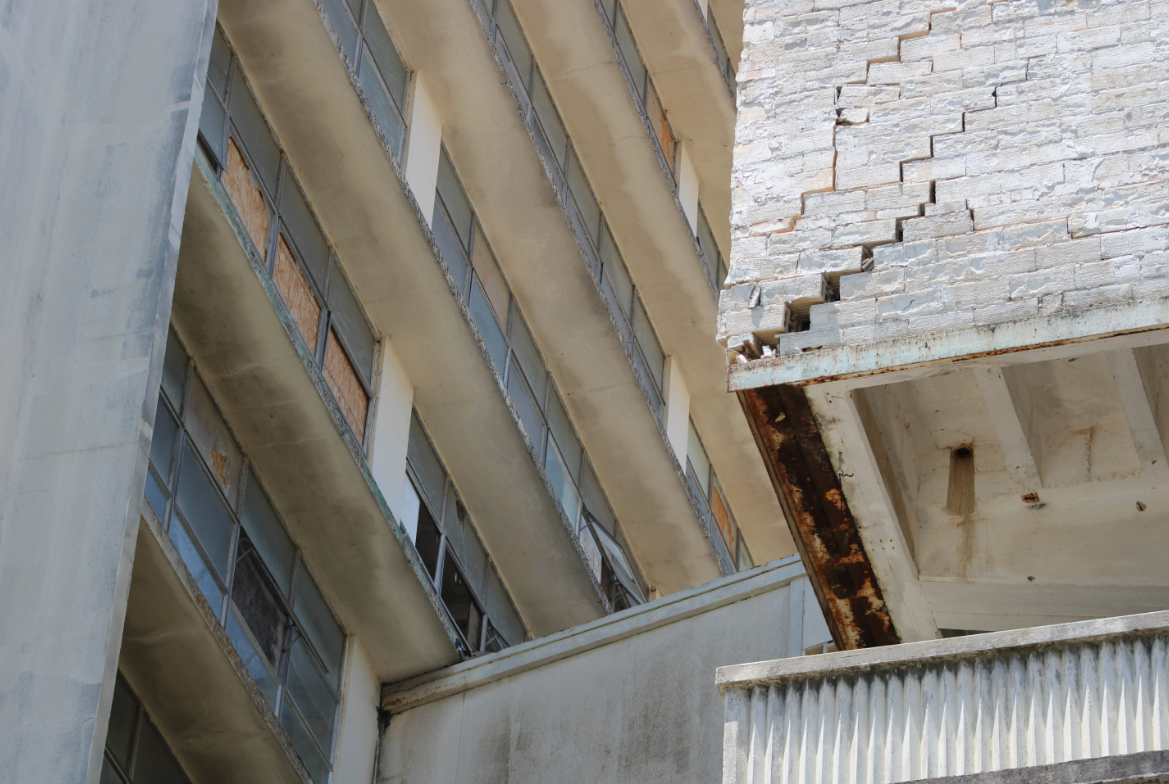Master Gardener: The potato tower myth
Published 5:00 am Sunday, October 23, 2022

- The potato tower myth.
We are all looking for better ways to increase the production in our gardens but do potato towers actually work? We know that throughout history the idea of hilling our potatoes has been used. Hilling is the process of adding dirt around the potato plant. To understand this reasoning you need to understand the potato plant itself.
Potatoes are started from seed potatoes or mother potatoes. These potatoes are set in trenches at 4-6 inches and then covered with loose soil. As the new potato plant grows, it sends out roots downward and outward beneath the soil. It also sends up aerial stems that will emerge to form the above ground stems and leaves.
Trending
Above the mother potato and along the portion of the stem beneath the ground, the stolons are formed. Where these stolons terminate is where the tubers or potatoes begin to develop. It is easy to understand that with potatoes planted at 4-6 inches, there is not much room for potato growth and development. An added concern is that developing potatoes exposed to the sunlight will turn green with toxic alkaloid solanine.
Hilling the potato plants about 5-6 weeks into the growing season will add warmth, help maintain moisture and give the potatoes the protection from the sunlight that they need. This ultimately results in improved crop production. To hill the potatoes, the soil should be raked up around the plant leaving most of the leaves exposed to the sun.
Now that it is clear that hilling helps production, what about potato towers? It stands to reason that if a small hill produces a good crop, a bigger hill will produce a bigger crop. Well, there are flaws in this logic.
Where a second hilling a few weeks later may also be beneficial in potato development there does not seem to be an increase in product beyond about 12 inches. Continuing to hill or bury the potato plant in the potato tower will cause the stem and leaves to continue growing upwards. However, no additional stolons develop beyond the first 12 inches and secondly the covering or removing of the potato plants leaves from the sun stunts tuber development. In the development of starch stored in the potato, sunlight and photosynthesis are key. Over-hilling and disrupting that process will diminish the plant’s productivity.
So, say yes to hilling and no to that potato tower. Happy gardening.






